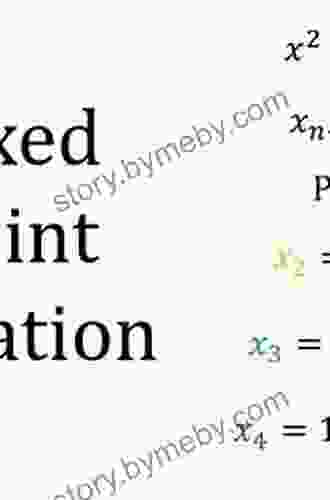Iterative Approximation of Fixed Points: A Comprehensive Guide

Iterative approximation of fixed points is a fundamental technique in mathematics, used to solve a wide range of problems in numerical analysis, differential equations, and other areas. It involves finding a sequence of points that converges to a fixed point of a given function or operator.
In this article, we will explore the theory and applications of iterative approximation of fixed points. We will cover the mathematical foundations, various methods of approximation, and examples of their use in solving practical problems.
The theory of iterative approximation of fixed points is based on the Banach fixed-point theorem. This theorem states that a contractive mapping on a complete metric space has a unique fixed point, and any sequence generated by iteratively applying the mapping will converge to this fixed point.
4.3 out of 5
| Language | : | English |
| File size | : | 5204 KB |
| Screen Reader | : | Supported |
| Print length | : | 341 pages |
A contractive mapping is a function that reduces the distance between any two points in its domain. In other words, it "shrinks" the space, making it easier to find a fixed point.
The Banach fixed-point theorem provides a theoretical foundation for iterative approximation of fixed points. It ensures that the approximation process will converge, as long as the mapping is contractive.
There are various methods of iterative approximation of fixed points. Some of the most common methods include:
- Successive approximation: This method involves repeatedly applying the given mapping to an initial guess, until the resulting sequence converges to the fixed point.
- Picard iteration: This method is a variant of successive approximation that uses a linear approximation of the mapping. It is often used when the mapping is not explicitly defined.
- Newton's method: This method is used to find the roots of a nonlinear equation. It involves iteratively updating the approximation using a gradient-based update rule.
The choice of approximation method depends on the specific problem being solved. Some methods are more efficient for certain types of mappings or functions.
Iterative approximation of fixed points has a wide range of applications in numerical analysis. It is used to solve nonlinear equations, systems of equations, and differential equations.
- Nonlinear equations: Iterative approximation can be used to find the roots of nonlinear equations. This is a common problem in many areas of science and engineering.
- Systems of equations: Iterative approximation can also be used to solve systems of nonlinear equations. This is often used in problems involving multiple variables.
- Differential equations: Iterative approximation can be used to solve differential equations. This is often used in problems involving continuous systems, such as fluid dynamics or heat transfer.
In the field of differential equations, iterative approximation of fixed points is used to find solutions to various types of equations. Some of the most common applications include:
- Ordinary differential equations: Iterative approximation can be used to find solutions to ordinary differential equations. This is often used in problems involving time-dependent systems.
- Partial differential equations: Iterative approximation can also be used to find solutions to partial differential equations. This is often used in problems involving spatial or temporal variations.
- Boundary value problems: Iterative approximation can be used to find solutions to boundary value problems. This is often used in problems involving physical systems with specific boundary conditions.
Iterative approximation of fixed points is a powerful mathematical technique with a wide range of applications in numerical analysis and differential equations. By understanding the theory and methods of approximation, we can effectively solve a variety of practical problems involving nonlinear equations, systems of equations, and differential equations.
Whether you are a student, researcher, or practitioner, this comprehensive guide will provide you with the knowledge and skills necessary to leverage iterative approximation of fixed points in your work.
4.3 out of 5
| Language | : | English |
| File size | : | 5204 KB |
| Screen Reader | : | Supported |
| Print length | : | 341 pages |
Do you want to contribute by writing guest posts on this blog?
Please contact us and send us a resume of previous articles that you have written.
 Book
Book Novel
Novel Page
Page Chapter
Chapter Text
Text Story
Story Genre
Genre Reader
Reader Library
Library Paperback
Paperback E-book
E-book Magazine
Magazine Newspaper
Newspaper Paragraph
Paragraph Sentence
Sentence Bookmark
Bookmark Shelf
Shelf Glossary
Glossary Bibliography
Bibliography Foreword
Foreword Preface
Preface Synopsis
Synopsis Annotation
Annotation Footnote
Footnote Manuscript
Manuscript Scroll
Scroll Codex
Codex Tome
Tome Bestseller
Bestseller Classics
Classics Library card
Library card Narrative
Narrative Biography
Biography Autobiography
Autobiography Memoir
Memoir Reference
Reference Encyclopedia
Encyclopedia Koudou Sawaki
Koudou Sawaki Linda Tuhiwai Smith
Linda Tuhiwai Smith Robert Solomon
Robert Solomon M Mark Miller
M Mark Miller Matthew Warner Osborn
Matthew Warner Osborn Kristi Coulter
Kristi Coulter Kristen Collins
Kristen Collins Kyle Walters
Kyle Walters Leigh Pearson
Leigh Pearson L T Ryan
L T Ryan Les Adams
Les Adams Linda Kay Klein
Linda Kay Klein Shirlene Obuobi
Shirlene Obuobi Kyle Keegan
Kyle Keegan Steven L Emanuel
Steven L Emanuel Sharon Copeland
Sharon Copeland Lauren Meisner
Lauren Meisner Norman M Shulman
Norman M Shulman Marty Lobdell
Marty Lobdell Ludmilla Petrushevskaya
Ludmilla Petrushevskaya
Light bulbAdvertise smarter! Our strategic ad space ensures maximum exposure. Reserve your spot today!

 Steven HayesElizabeth The Making Of Queen: A Captivating Insight Into The Monarch's Early...
Steven HayesElizabeth The Making Of Queen: A Captivating Insight Into The Monarch's Early...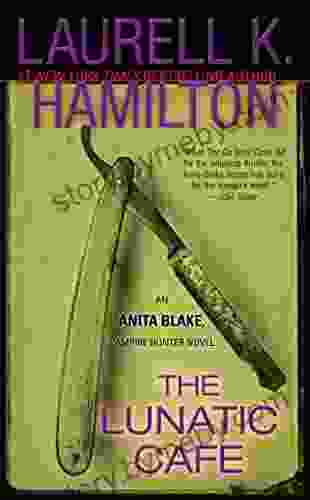
 Joseph FosterUnleash the Darkness: An Anita Blake Vampire Hunter Novel That Will Captivate...
Joseph FosterUnleash the Darkness: An Anita Blake Vampire Hunter Novel That Will Captivate... Johnny TurnerFollow ·6.2k
Johnny TurnerFollow ·6.2k Gustavo CoxFollow ·2.5k
Gustavo CoxFollow ·2.5k Damon HayesFollow ·7.9k
Damon HayesFollow ·7.9k Brenton CoxFollow ·6.1k
Brenton CoxFollow ·6.1k Scott ParkerFollow ·10.1k
Scott ParkerFollow ·10.1k Jeff FosterFollow ·6.7k
Jeff FosterFollow ·6.7k Branden SimmonsFollow ·2.2k
Branden SimmonsFollow ·2.2k Benjamin StoneFollow ·11.3k
Benjamin StoneFollow ·11.3k
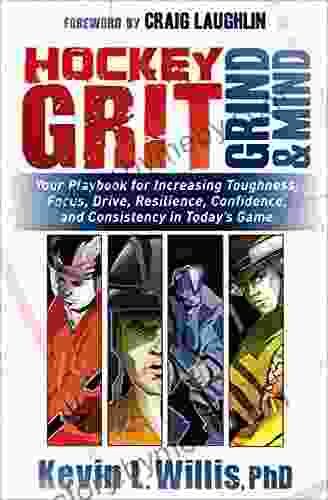
 Forrest Reed
Forrest ReedHockey Grit, Grind, Mind: The Ultimate Guide to Mental...
Hockey is a tough...
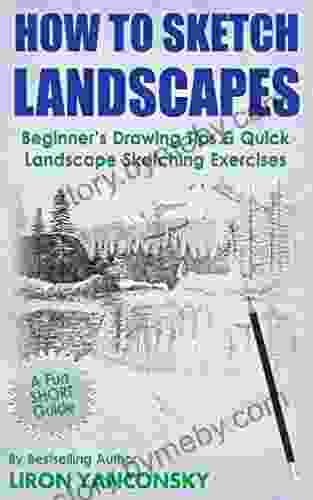
 Juan Rulfo
Juan RulfoUnlock Your Inner Artist: Embark on a Sketching Journey...
Embrace the Beauty of Nature Through Quick...

 Nathaniel Hawthorne
Nathaniel HawthorneSo You Think You're a Philadelphia Phillies Fan?
The Philadelphia Phillies are one of the most...
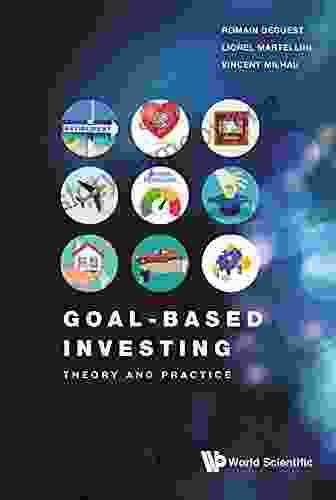
 Jeff Foster
Jeff FosterGoal-Based Investing: A Comprehensive Guide to Achieving...
Investing is not...

 Aleksandr Pushkin
Aleksandr PushkinGNOMEDOM: The Future Unfolds (Gnomedom Tales 1)
Escape into the enchanting world of Gnomedom...

 Branden Simmons
Branden SimmonsInternal Factors And Training Concepts For All Internal...
Internal arts, such as Tai...
4.3 out of 5
| Language | : | English |
| File size | : | 5204 KB |
| Screen Reader | : | Supported |
| Print length | : | 341 pages |


